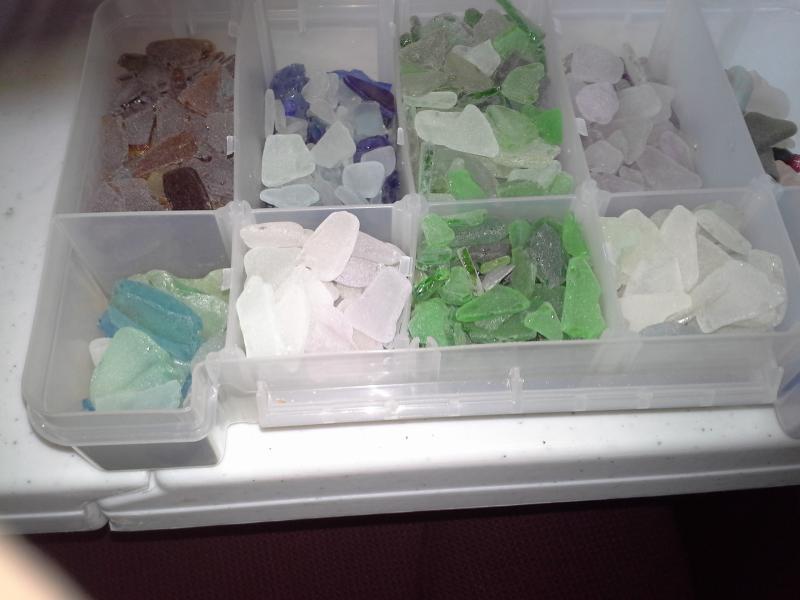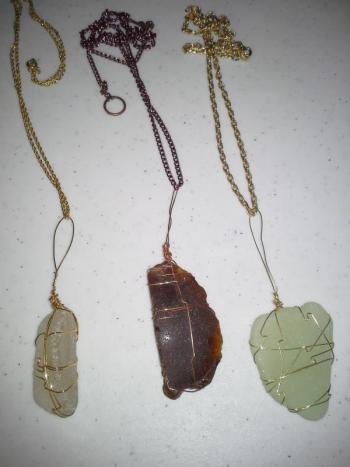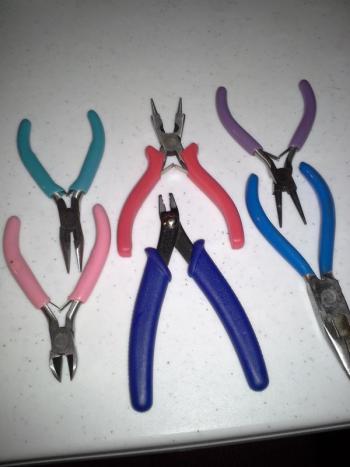What is certainly more “down to the sea” and has a long time history on our coast than sea glass? Many people have a time fulfilling hobby of beach combing looking for sea glass, but finding it is becoming more and more difficult. I believe it is because we are a little neater and know that it is not a good thing to throw everything into the sea.
I am not knowledgeable about the laws of who owns the beaches, but certainly there have been many discussions about whether it is to the low tide water mark or the high tide water mark that they own.
The so-called “waterfront” owners do have to pay unreal taxes today to live with a “water view.” Whereas, before World War II no one wanted to live on the streets near the harbors because it was lined with low income housing or fishermen, they later found it convenient to live near the water.
However, if I were fortunate enough to have a home with a water view and had to pay the high taxes, I probably would not like seeing people picnicking, strolling and swimming under my front windows.
Now, let us s get back to sea glass. It is collected by some who love making sea glass jewelry. Some use the smaller pieces to decorate picture frames, mirrors or vases.
The colored sea glass (shads) comes in various colors. The shades from deep amethyst to pale orchid are rare today. Their colors are a result of chemical reaction. Most clear glass that turn these colors are because of sunlight and the amount of manganese used in the glass.
Amber bottles were made from carbon or nickel.
Soda bottles are usually a blueish-green. Green glass is made of chromium, copper and iron and plentiful. One particular shade of green was from Coca-Cola bottles.
Red glass is rare now because ruby red is made with gold. Pretty dishes were old ruby and probably when they broke one, it was thrown overboard.
Cobalt blue was very popular for sets of dishes during the 1920s or 1930s. They also used it for Bromo-Selzer bottles and a cold cream was put in cobalt jars. They were thrown away when empty, but it is rare to find that blue sea glass today.
Jadeite is an opaque green and the pieces were probably from bowls. Jadeite is an expensive stone today and a gold bracelet with a half dozen of the real stones would be worth probably $3,000.
Today most of the glass found is brown, white and green.
It has to be washed by the waves, smoothed by the sand and shaded in various colors by the sun.
Don’t be fooled by the little bags of “sea glass” made by companies overseas. A closer look will tell you it is not real.
You just need some sea glass, the right wire and jewelry making tools, plus a lot of patience to have a new hobby of making sea glass jewelry.
Barbara F. Dyer has lived in Camden all of her life, so far.
More Barbara Dyer
The demise of a Camden-built vessel
Camden’s wooden boat builders were perfectionists
Building wooden boats in Camden, many years ago
Socializing and such, before television
The first years of the Camden Snow Bowl
The many moods of Camden Harbor
Demise of the Camden steamboat wharf
Curtis Island Lighthouse - the sentinel of Camden Harbor





























